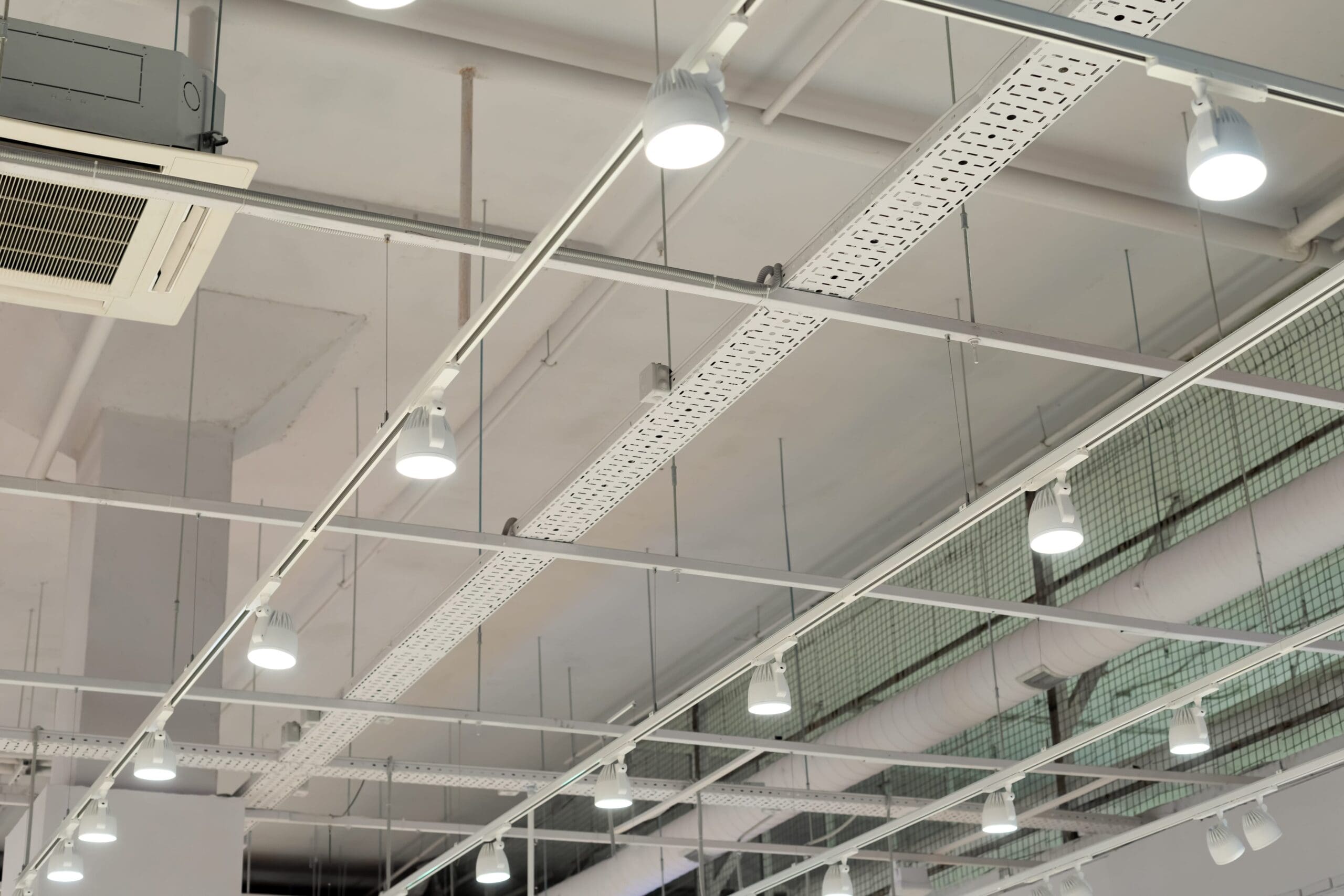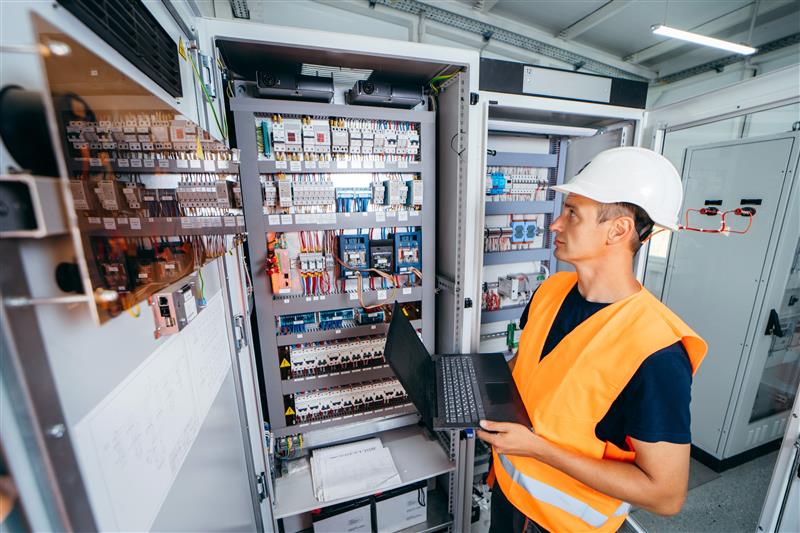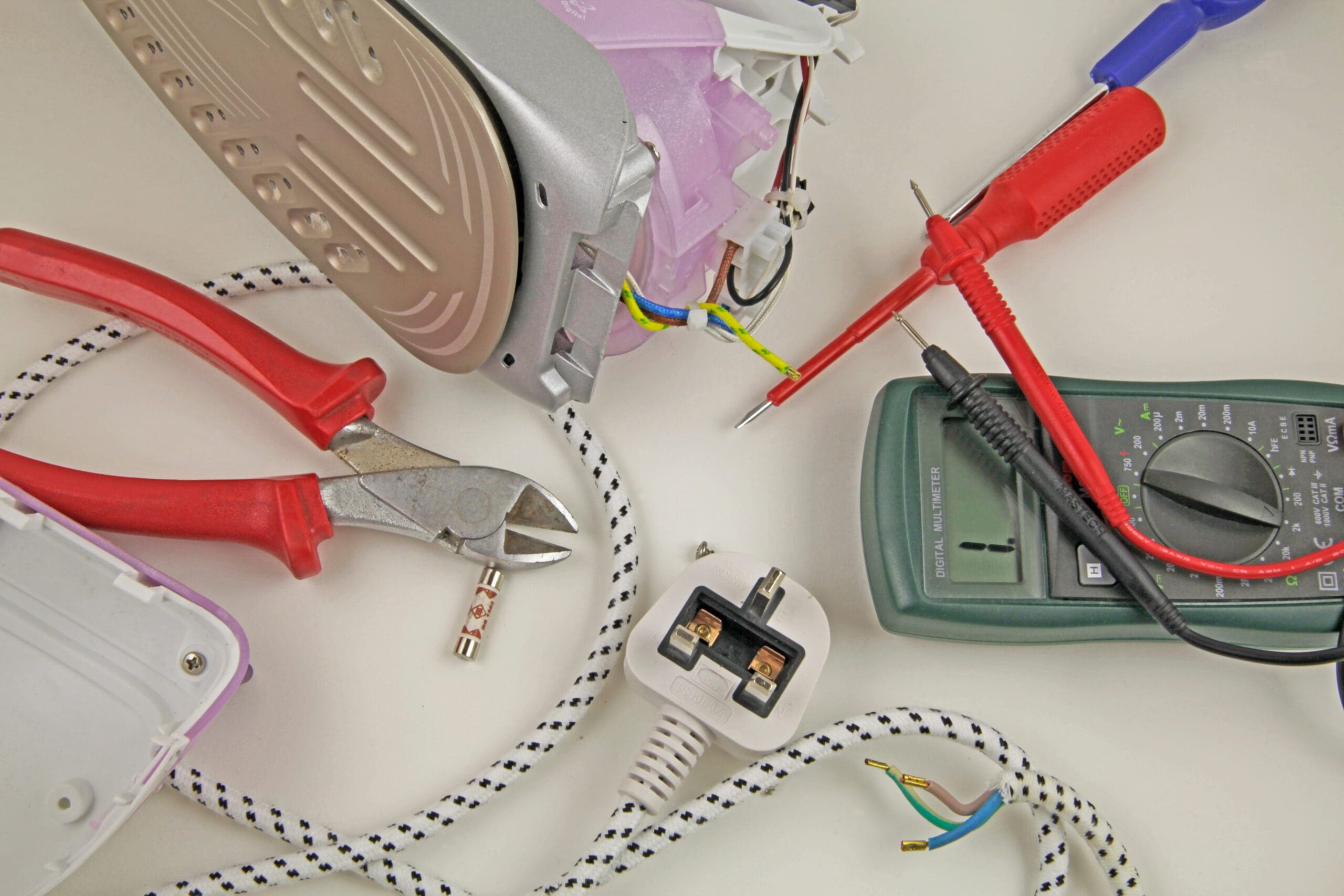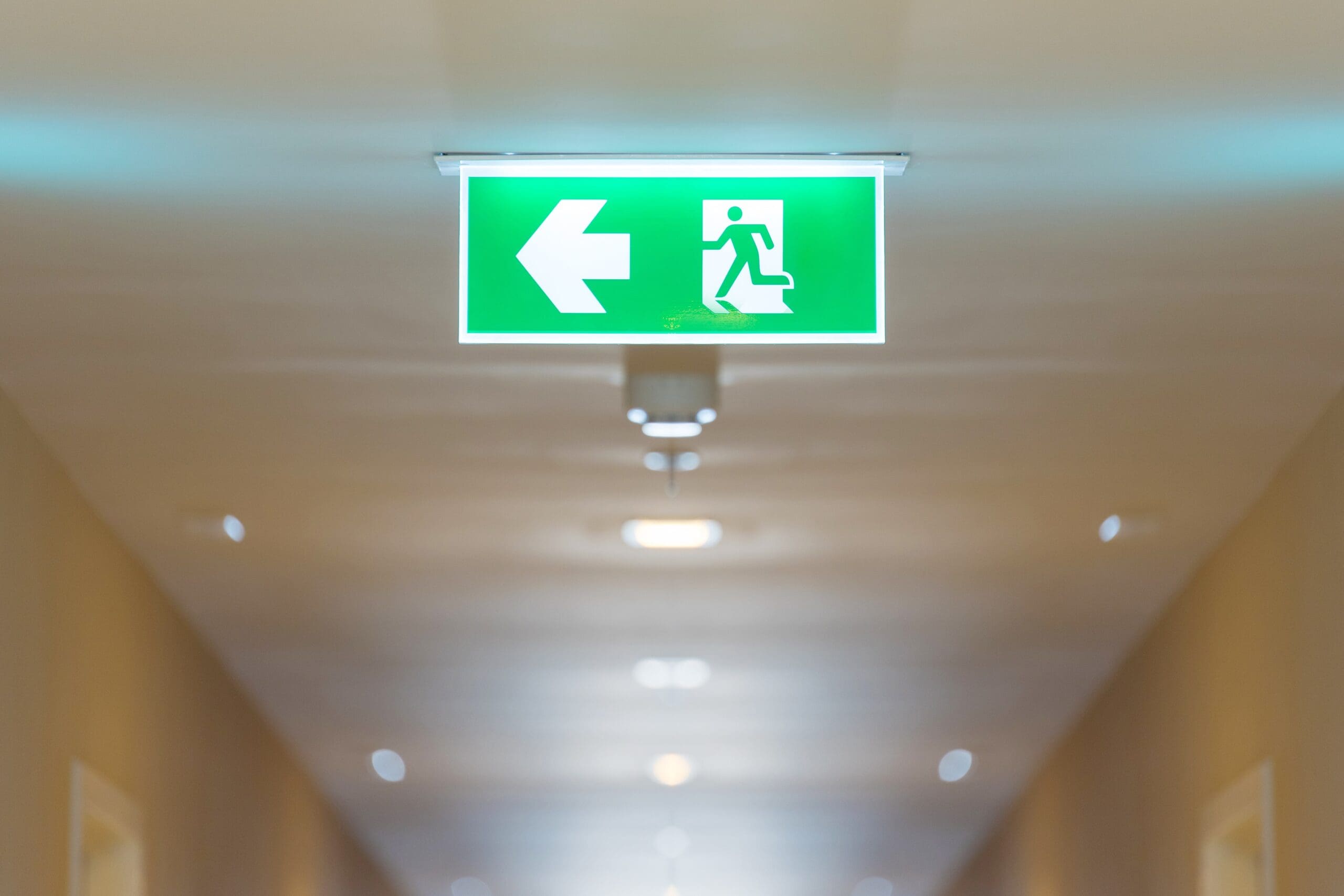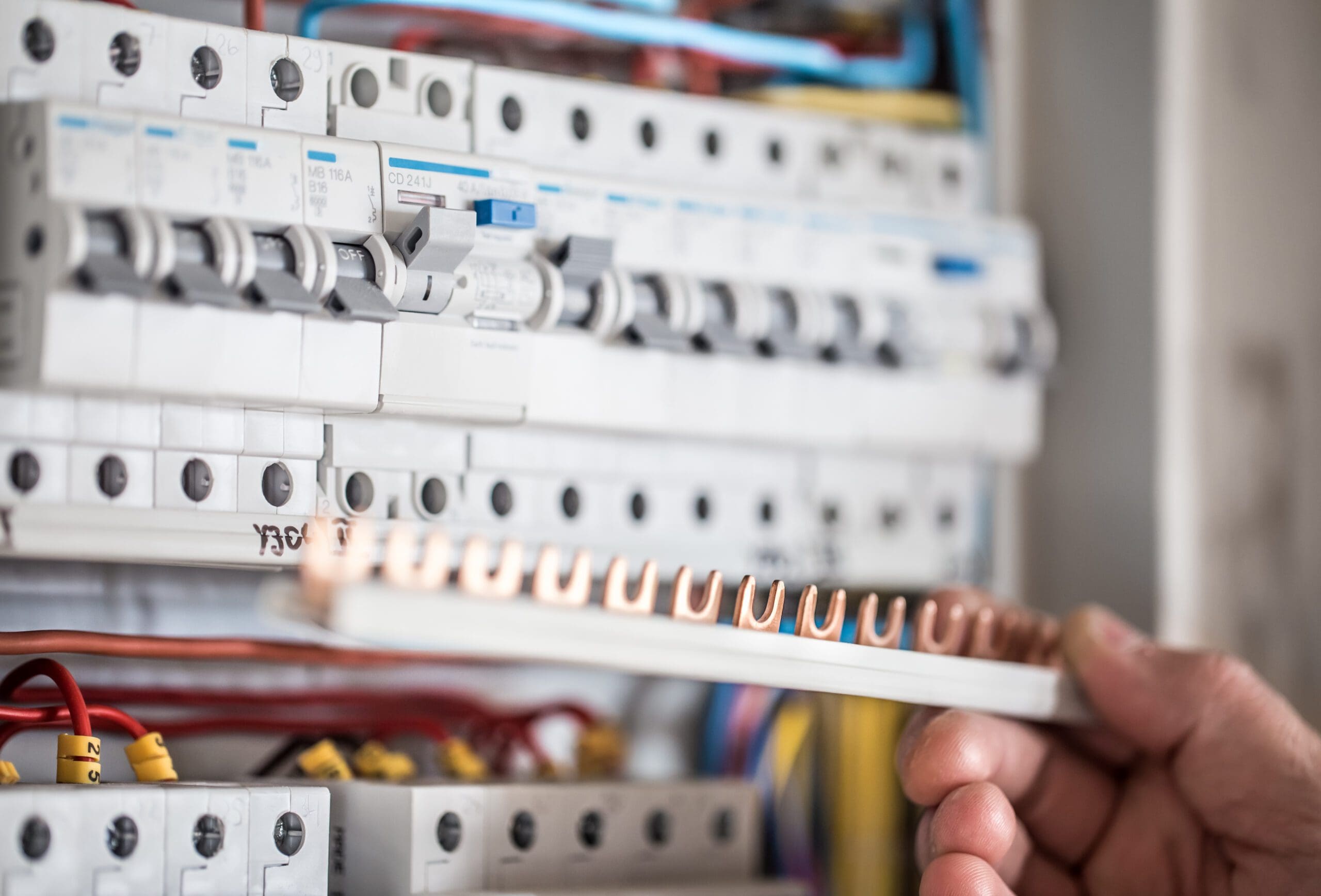Emergency Lighting Services
Emergency Lighting Testing
Don’t take the functionality of your emergency light system for granted. We can help to ensure your emergency lighting system is working as it should with our expert testing service.
Explore how we work
Interested? Let’s talk.
Send us an enquiry
What is Emergency Light Testing?
In the event of an emergency or if your main power supply is lost, we want to make sure you and your people can vacate the building safely via illuminated routes.
We make a commitment to our customers to manage their testing schedules, providing monthly flick tests and annual 3 hour drain downs. Our team will contact you to arrange the testing prior to the due date, so let us shoulder the responsibility for you. Emergency lighting systems should be periodically tested to ensure that it is in good working order and ready for a potential evacuation.
BS EN 50172:2004 / BS 5266-8:2004 (Emergency escape lighting systems) outlines the minimum provisions to be taken and the frequency of testing required for different properties. Additional information on servicing can be found in BS 5266-1: 2011 (Code of practice for the emergency lighting of premises).
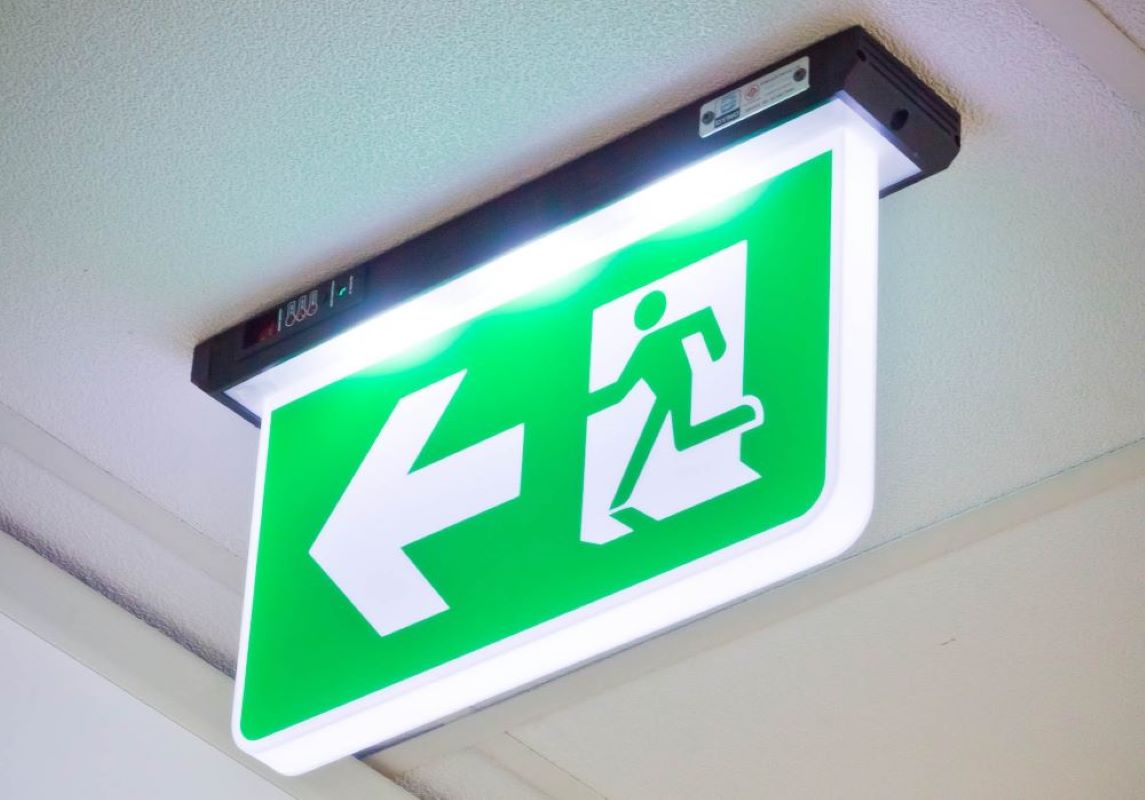
Who we’ve partnered with...





Key benefits of our Emergency Lighting Testing services
Safety
Ensuring emergency lighting is fully operational and provides illumination to a sufficiently high level is key to enabling all occupants to be able to safely evacuate the premises in the event of an emergency.
Compliance
We’re accredited with prolific industry bodies, including NICEIC and the ECA, which means that as our customer, you’ll receive the highest quality service, every time.
Cost saving
In the event of a power failure, emergency lighting can help to reduce the cost of damage to your property. By providing light, emergency lighting can help to prevent fires and other accidents that can cause damage to your building.
Let's talk about Emergency Lighting Testing
Send one of the team a message
Not seeing what you expected?
Try using our search
Explore what our clients say


Comprehensive Emergency Lighting Tests
In accordance with the Health and Safety at Work Act 1974, and the Fire Precautions Workplace Act 1997, the Duty Holder is legally obligated to ensure that the system installed is in full working order and adheres to BS5266 pt 1. To test an emergency lighting system, a mains power failure on the normal lighting circuits or individual luminaries must be simulated. This will force the emergency lighting system to operate via the battery supply. This test can be carried out manually or automatically.
BES Group provide a range of Tests including:
- Functional testing: This is a quick check to make sure that the emergency lights turn on when the main power fails. This test can be done by turning off the main power to the lights and then using the test switch to turn them on. The lights should come on and stay on for at least the minimum amount of time that they are required to stay on in the event of a power outage. Functional emergency and exit light testing ensures immediate functionality in the event of an emergency.
- Full duration testing: This is a more thorough test that simulates a power outage and checks the emergency lights’ ability to provide illumination for the minimum amount of time required. This test is typically done by switching off the main power to the lights and then leaving them on for the required amount of time.
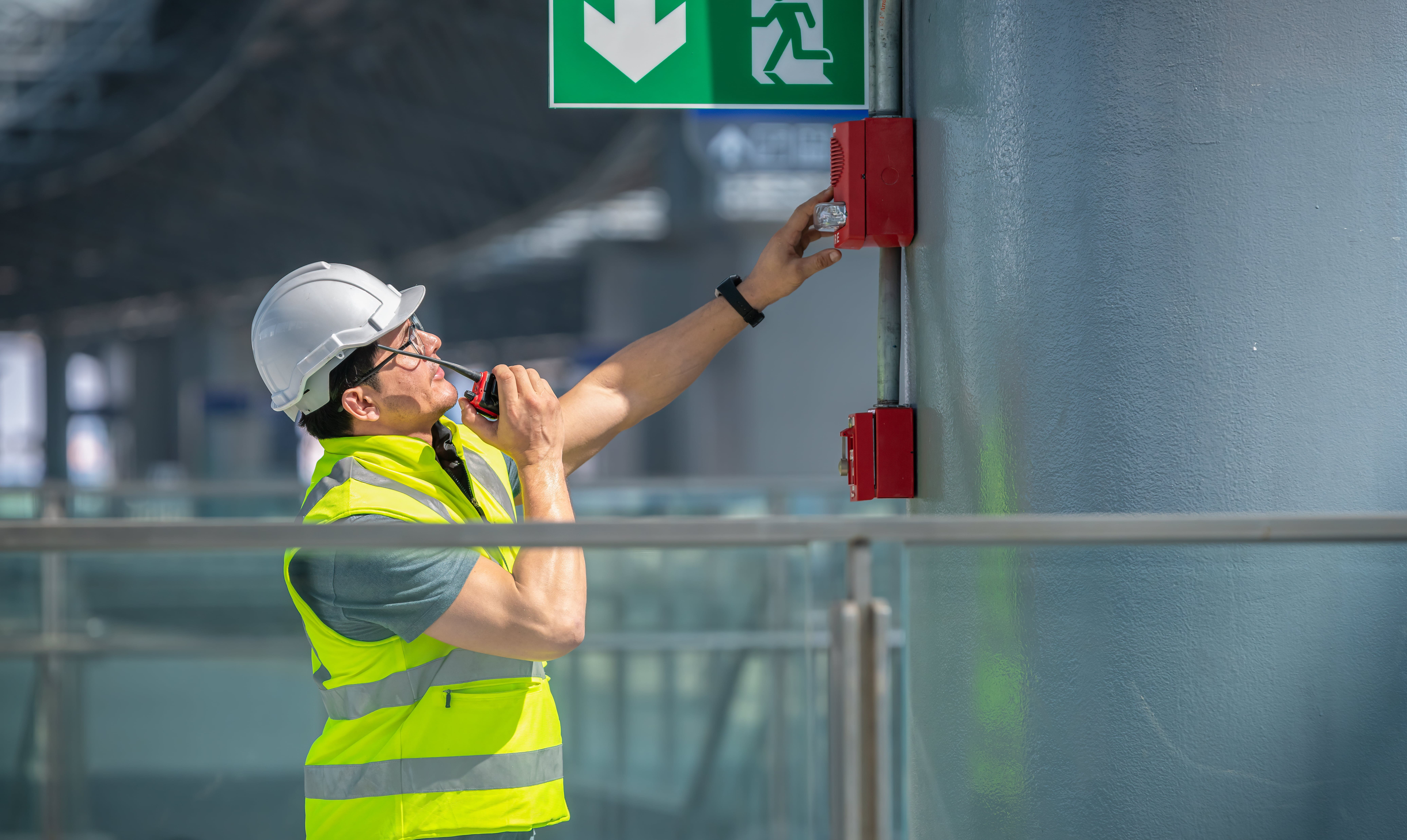
Our emergency lighting testing process
Speak to us about the processLet’s talk. Ask us anything.
Send one of the team a message
Why choose BES Group?

800+ expert engineers
Our team of skilled engineers possesses a wealth of expertise.
A legacy of 160+ years of experience
We’re always evolving our approach to future proof our services.

35,000 satisfied customers
A strong reputation for providing exceptional service.
Frequently asked questions
Will Emergency Lighting Testing disrupt the running of my business?
Our engineers will endeavour to cause minimal disruption to the operational hours of your company. Our planning team are competent communicators, finding the perfect appointment date for your requirements.
How often should Emergency Lighting be inspected and maintained?
Emergency lighting should be inspected and maintained at least monthly and annually.
- Monthly inspection: This should be a quick check to make sure that the emergency lights are working properly. You should turn off the main power to the lights and then turn them on using the test switch. The lights should come on and stay on for at least 30 minutes. You should also check for any damage to the lights or their fixtures.
- Annual inspection: This should be a more thorough inspection that includes the monthly checks as well as a test of the emergency lights’ full operating time. This test should last for the minimum amount of time that the lights are required to stay on in the event of a power outage. In the UK, this is 3 hours for a residential property. You should also check the batteries and make sure that they are in good condition.
In addition to regular inspections and maintenance, emergency lighting should also be tested after any major event that could have damaged the system, such as a fire or flood.
Who can test Emergency Lighting?
A competent person can test emergency lighting. A competent person is someone who has the skills, knowledge, and experience to carry out the task safely and correctly, like BES Group Electrical! Here are some more examples of professionals in the UK who may be competent to test emergency lighting:
- A person who is a member of a recognised trade association for electrical or fire safety engineers.
- A person who has been trained and certified by a recognised training provider.
- A person who has been working in the electrical or fire safety industry for at least 5 years.
What is involved Emergency Lighting Testing?
Emergency lighting testing is the process of ensuring that emergency lighting systems are working properly and will provide adequate illumination in the event of a power outage. There are two main types of emergency lighting testing:
- Functional testing: This is a quick check to make sure that the emergency lights turn on when the main power fails. This test can be done by turning off the main power to the lights and then using the test switch to turn them on. The lights should come on and stay on for at least the minimum amount of time that they are required to stay on in the event of a power outage. Functional emergency and exit light testing ensures immediate functionality in the event of an emergency.
- Full duration testing: This is a more thorough test that simulates a power outage and checks the emergency lights’ ability to provide illumination for the minimum amount of time required. This test is typically done by switching off the main power to the lights and then leaving them on for the required amount of time.
In addition to functional and full duration testing, emergency lighting systems should also be visually inspected regularly to check for damage or defects
What happens if Emergency Lighting fails testing?
If emergency lighting fails testing, there are a few things that can happen:
- The emergency lighting system may be required to be repaired or replaced.
- The building owner or operator may be fined or penalized.
- The building may be closed until the emergency lighting system is repaired or replaced.
- In the event of a power outage, people in the building may be injured or killed if they are unable to see clearly.
Did you know...
300,000
incidents of emergency failures are reported to the HSE every year.
100
people a year are injured as a result of emergency lighting failure, according to the HSE.
1 billion
is spent because of emergency lighting failure according to the HSE.
Sectors we service
Dive into the diverse landscapes where BES Group sparks innovation and drives impact.

Explore sector
Aerospace and Defence

Explore sector
Agriculture

Explore sector
Automotive

Explore sector
Building, Properties and Real Estate

Explore sector
Consumer Products

Explore sector
Finance

Explore sector
Highways

Explore sector
Hospitality and Leisure

Explore sector
Manufacturing
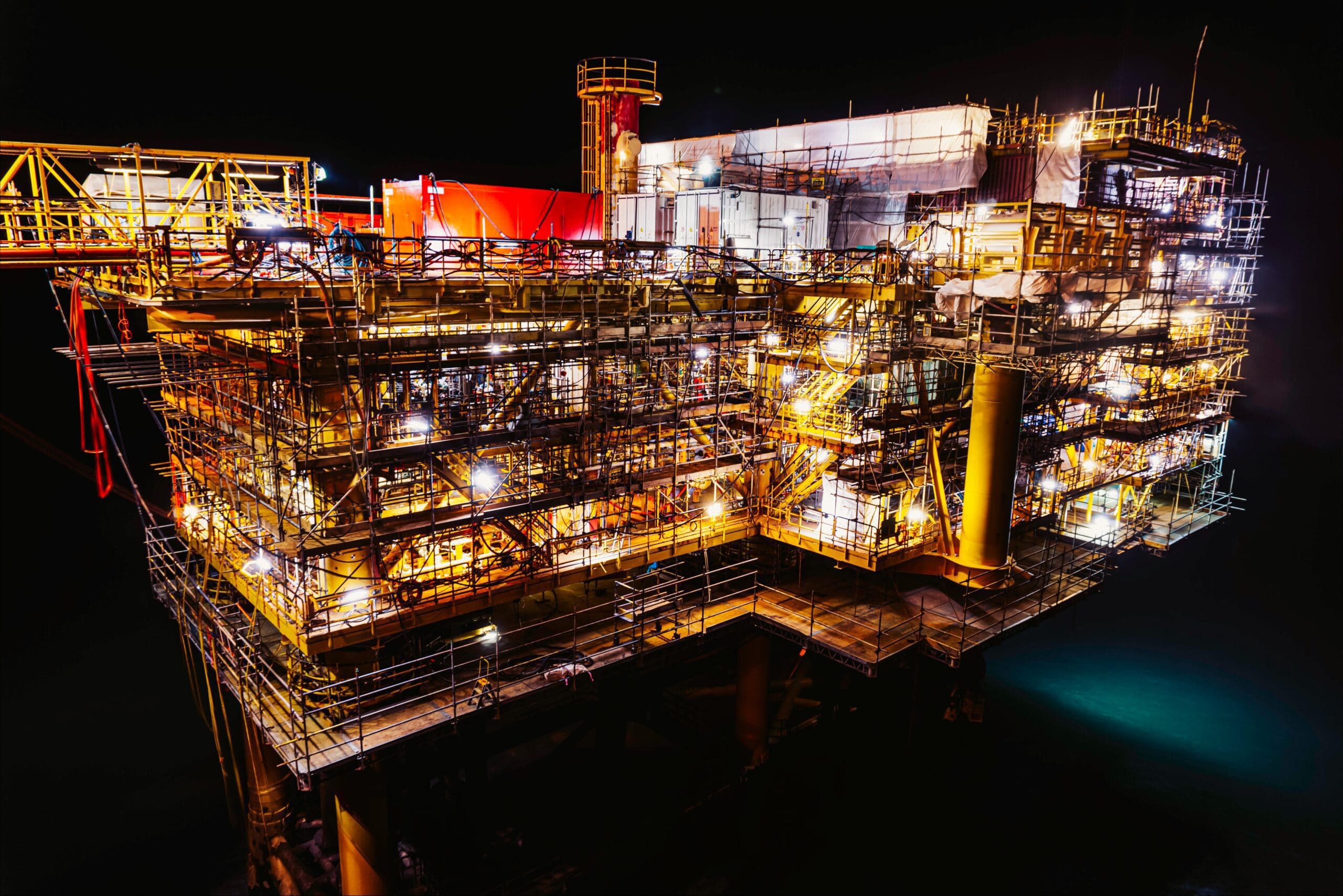
Explore sector
Marine and Offshore
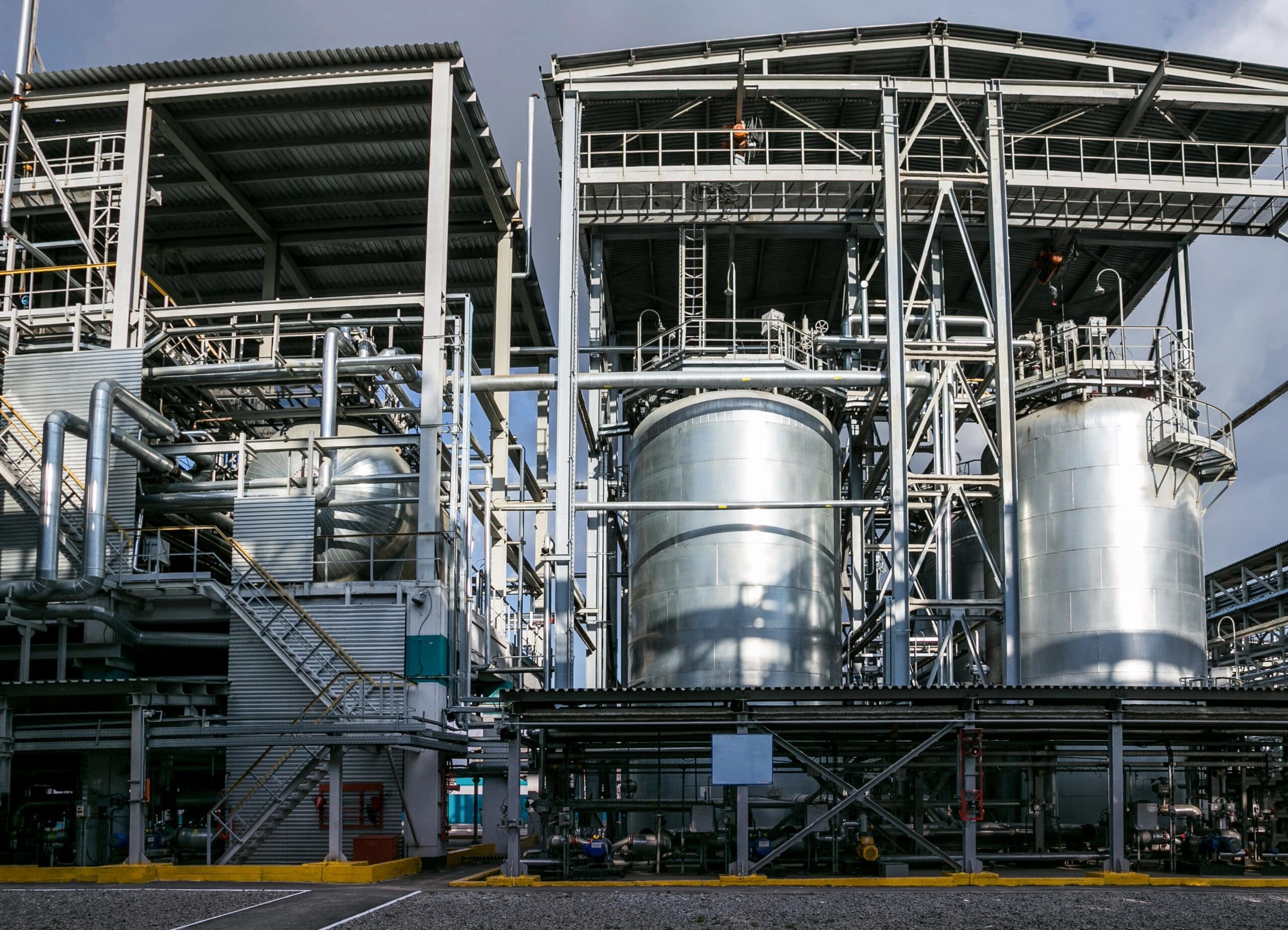
Explore sector
Petrochemicals, Oil and Gas

Explore sector
Healthcare

Explore sector
Transport, Logistics and Distribution Centres

Explore sector
Rail

Explore sector
Retail

Explore sector
Renewables

Explore sector
Power and Utilities

Explore sector
Insurance


Let’s talk. Ask us anything.
Send one of the team a message
Insights & news
Browse our latest articles
Other similar services...
Looking for something else? Explore similar services...
Let’s get you to the right person, fast.
Thank you, enquiry submitted!
Please check your inbox. We have sent you an email receipt of your enquiry.
We treat every enquiry with the upmost urgency. We’ll aim to get in touch with the relevant BES Group specialist and get back to you as soon as possible*.
Thank you again and have a great day.
 About BES Group
About BES Group Accreditations & Credentials
Accreditations & Credentials Our Environmental, Social & Governance
Our Environmental, Social & Governance Careers at BES Group
Careers at BES Group Our Senior Leadership Team
Our Senior Leadership Team




